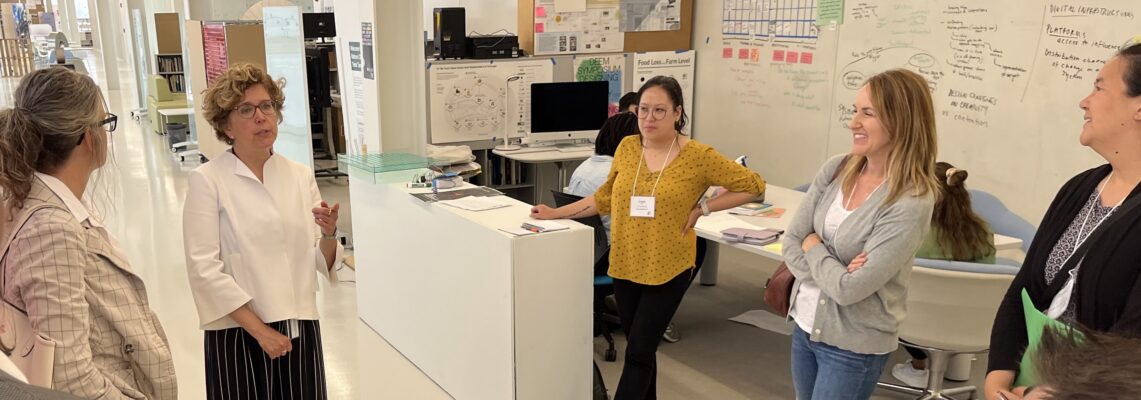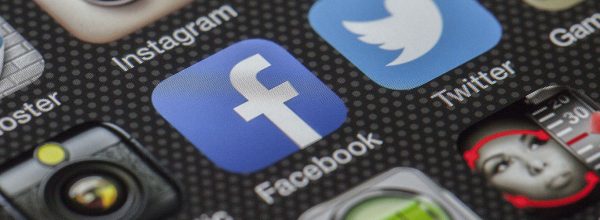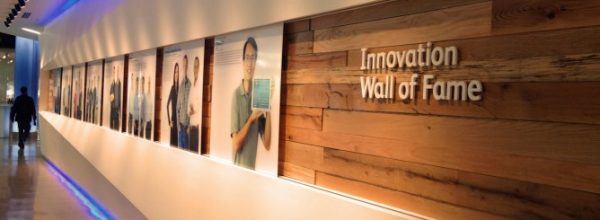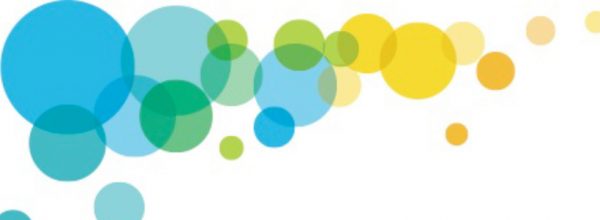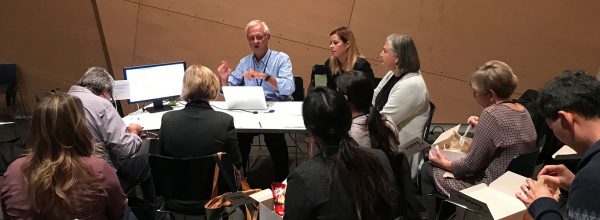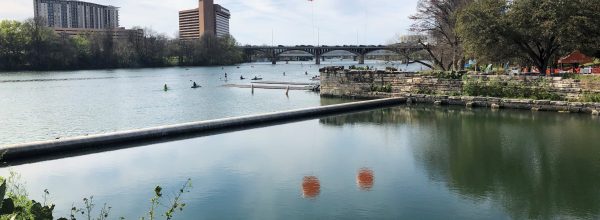To think outside the box, sometimes you just need to get out of the clinic.
That’s why we have “field and analogous research” — field trips and site visits that take you to see the inner workings of cutting-edge organizations facing similar challenges — but outside of health care. The idea is that if you can break out of your usual workflow and toss out convention, it’ll kickstart your creative thinking and insight gathering. A fresh perspective is often what it takes to find the right answers to the problems you’ve been contemplating.

The Power of Analogous Thinking
Field and analogous research is about finding inspiration in unexpected places. Over the past few years we’ve visited La Cocina, Silicon Valley Bank, Off The Grid, Salesforce, the Exploratorium, Chevron, Creative Mornings, and Homeboy Industries to name a few. (Note: We used to call these field trips “innovation safaris.”) Our excursions help you discover connections between safety net health systems and seemingly unrelated people, products, and services.
Analogies come naturally to us and help our brains understand the world around us. We are constantly comparing what’s happening in the present to what’s happened in the past. “They allow you to step between worlds that seem disconnected and connect them based on some structure to help you come up with new ideas, even if they’re not radical, and then build on them,” says Joel Chan, a scientist exploring the intersection of people, information, and creativity.
It’s about making that creative leap, springboarding us from one idea to the next. For instance, the supermarket was a groundbreaking retail format when it launched in the 1930s. And decades later, that innovation continues to resonate. The supermarket inspired Charles Lazarus to found Toys R Us in the 1950s. Thomas Stemberg, the founder of Staples, wrote in his autobiography that his business started with this one question: “Could we be the Toys R Us of office supplies?”
It’s no wonder that many startups are calling themselves the “Uber for X” or the “Airbnb for Y.” It’s easy to articulate and instantly creates buzz.
On our innovation field trips and site visits, we aim to create similar parallels, ones that challenge your own point of view and encourage you to attack obstacles from a different angle.
Field Notes
But those connections don’t come easy.
First and foremost, our goal is to learn about different industries. We want to hear their thoughts about the future. We want to explore how their interactions with end users are changing. We want to get a glimpse of the initiatives, technologies, and methodologies that are influencing markets.
When arranging a field trip or site visit for field and analogous research, we actually tell our hosts not to go out of their way to relate the visit to health care or connect the dots for us. In fact, that’s our job. In every field and analogous research field trip or site visit, we arm you with an index card of observation tips and thought starts.
Here’s a recent example:
- What are their motivations?
- What elements of their business make them successful?
- What structures are important?
- What surprised you?
- What unique perspective do they have that we don’t normally think about?
- What are they really good at?
- How could aspects of their business make health care better?
- What is your main takeaway?
What We’ve Learned
Some of you will find problem-solving inspiration right away. Others will walk away confused, wondering, “How in the world is this going to help me improve what I do in my organization?”
But trust us, that “ah-ha” moment will arrive. Even if it takes weeks or months, it’ll click.
At Facebook, it wasn’t the company’s technology, but rather its work stations that dazzled our innovation field and analogous researchers. We heard how Facebook had designed work spaces to be open and encourage collaboration. Desks are interchangeable—anyone can sit down at any one of them. Even founder Mark Zuckerberg doesn’t have a private office of his own. The lesson: it’s not enough to tell employees that good ideas can come from any corner of an organization. We must create a culture that nurtures that sentiment as well.
During our innovation research and field trip to Old World Winery, we discovered connections between the vineyard’s communal “crushing parties” and clinic collaboration. Winemaker Darek Trowbridge sought out to make Old World Winery part of the local community, so he regularly invites friends and supporters to stomp the juice out of his grapes and share a potluck. Mary Szecsey of West County Health Centers said, “His commitment to building community and relationships really resonated with me. West County Health Centers also prides itself on high touch, personal service. It’s analogous with our ‘care teams’ and wanting to give our staff the opportunity to be engaged in many aspects of service delivery.”
At SFMOMA, which was undergoing a dramatic expansion at the time of our innovation field trip, we learned how a new building can help an organization become more welcoming and participatory. Maria Jenson, the museum’s community relations public partnership manager, told us, “Unless we connect with people and build relationships, it won’t matter how amazing the art work is.” Heads nodded in agreement, as our innovation researchers recognized that unless clinics connect with the community, it won’t matter how state-of-the-art the care is.
Find this useful or interesting? We’re constantly sharing stuff like this. Sign up to receive our newsletter to stay in the loop.

